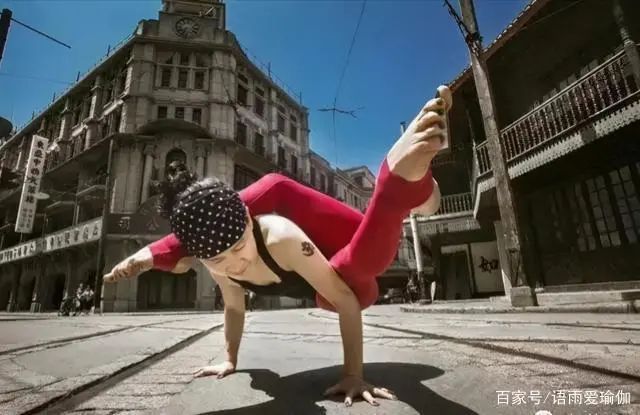Mr.

Dong began to practice yoga at the age of 45.

At the age of 60, she verified to us with 15 years of yoga experience.

In fact, practicing yoga really has nothing to do with age.

As long as you want to practice, it’s never too late to start.

Can you see from the picture that this is a 60 year old grandmother? When it comes to why to practice yoga, Mr.

Dong said: “it’s very simple.

I want to live with a higher quality.

I don’t want to live with illness.

I want to live the rest of my life gracefully.

I don’t want to increase the burden on my family and turn it into a burden.

By practicing yoga posture, I first benefit a lot from the physical level.
The original serious constipation, vascular migraine, insomnia, low back and leg pain, osteoporosis and other diseases are gone.” In fact, yoga can benefit from practice at any age.
If you start practicing when you are young, it means that you can have a good foundation, which will help you when you are old.
But as you grow older, you will be more sensitive to changes in your body, so you can experience the benefits of Yoga more directly.
Of course, as you get older, you may also notice physical changes, such as slower metabolism, stiff joints and longer recovery time after injury.
So your practice should be adjusted accordingly.
It is recommended that you use assistive aids to help reduce weight or pressure in some areas.
For example, practice half moon pose with your back against the wall to reduce the pressure on your standing legs so that you can open your pelvis and chest and make room in your lower back.
It is also recommended that you pay close attention to your energy level and don’t overwork.
On low-energy days, allow you to lean your back against the wall in a standing position or hold the position for a short time, and then repeat the practice instead of holding it for a long time.
Let’s see how to adjust the posture to suit yourself.
1.
Side angle stretching.
If you feel stiff in this posture, please don’t keep it for a long time.
Or use the wall as a support: stand with your heels against the wall and keep in contact with the wall when bending your front knee, put your hand on the floor or yoga brick, and extend your upper arm above.
2.
The support of the half moon wall can help you focus on aligning and increasing the opening of your chest, rather than struggling for balance.
Place your standing feet a few inches away from the wall, and then rest your raised feet, shoulders and arms against the wall.
As you rotate the front of your torso toward the ceiling, press the back of your thighs into the wall.
3.
Downward dog pose if you feel tired, please rest your head on the pillow pad, folded blanket or yoga brick.
After straightening your arms and legs, put your head on the support pad.
If you must bend your elbows to lean against the support, raise the support (add a blanket or a yoga brick).
If your neck shrinks, lower the support.
Lift the torso, press the legs back, and lower the head and neck and keep still.
4.
Do not hold your arms tightly behind your back, but put your right hand on the floor or against the wall to help you twist your chest more.
This allows you to lift your torso evenly down on both sides so that the spine is not compressed.
5.
Shoulder handstand if you feel tired sometimes, please skip the standing posture and focus more on the handstand, especially the shoulder handstand, so as to maintain your energy.
It will take at least 10 minutes to do the handstand.
If you are too tired to support your shoulders and back, hold for a few minutes, then put your legs on the chair and transition to plow.
Tip: older people are more prone to diseases, such as spinal problems, decreased bone mineral density and low flexibility, which may lead to injury, so it is recommended to practice under the guidance of professionals…

